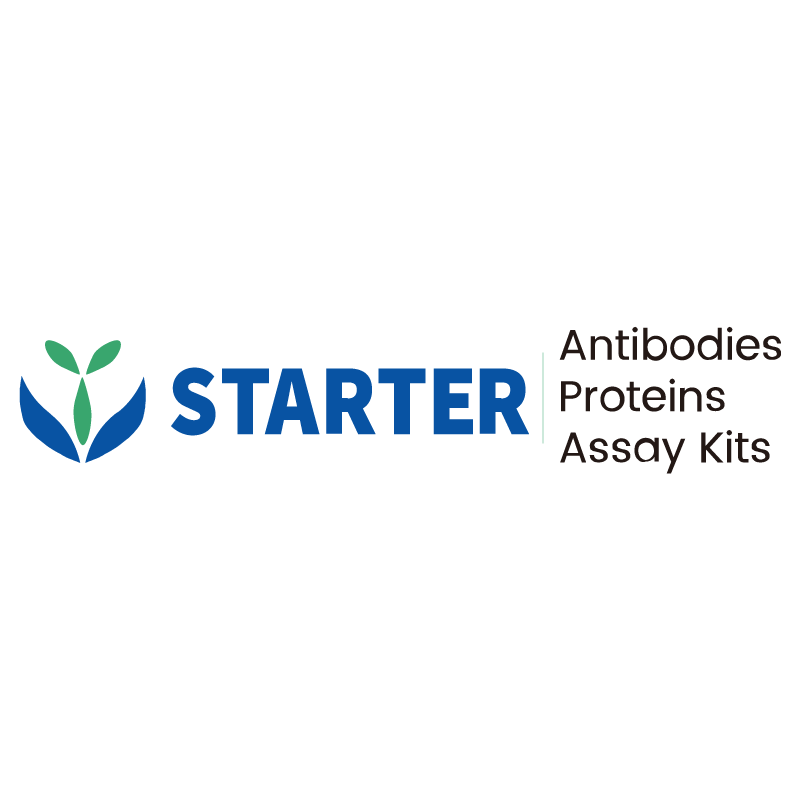Flow cytometric analysis of human peripheral blood Leukocyte labelling Human CD288 antibody at 1/200 (1 μg) dilution (Right panel) compared with a Mouse IgG2a, κ Isotype Control (Left panel). Goat Anti-Mouse IgG Alexa Fluor® 647 was used as the secondary antibody. Then cells were stained with CD14 - Brilliant Violet 480™ Antibody separately.
Product Details
Product Details
Product Specification
| Host | Mouse |
| Antigen | CD288 |
| Synonyms | Toll-like receptor 8; TLR8 |
| Accession | Q9NR97 |
| Clone Number | S-2966 |
| Antibody Type | Mouse mAb |
| Application | ICFCM |
| Reactivity | Hu |
| Positive Sample | human peripheral blood Leukocyte |
| Purification | Protein A |
| Concentration | 2 mg/ml |
| Conjugation | Unconjugated |
| Physical Appearance | Liquid |
| Storage Buffer | PBS pH7.4 |
| Stability & Storage | 12 months from date of receipt / reconstitution, 2 to 8 °C as supplied |
Dilution
| application | dilution | species |
| ICFCM | 1:200 | Hu |
Background
CD288 (also designated as Toll-like receptor 8, TLR8) is an 83 kDa type 1 transmembrane protein belonging to the TLR family, predominantly expressed in lung and peripheral blood leukocytes, and encoded by the TLR8 gene located on the X chromosome. It functions as an endosomal receptor that recognizes GU-rich single-stranded RNA (ssRNA) and G-rich oligonucleotides from viral pathogens (e.g., influenza, HIV, HCV), leading to recruitment of MyD88 and activation of NF-κB, thereby inducing proinflammatory cytokine synthesis and antiviral responses. Additionally, TLR8 (CD288) is involved in dendritic cell activation and the regulation of tumor growth, making it a target in cancer therapy research (e.g., ovarian cancer, lymphomas).
Picture
Picture
FC


